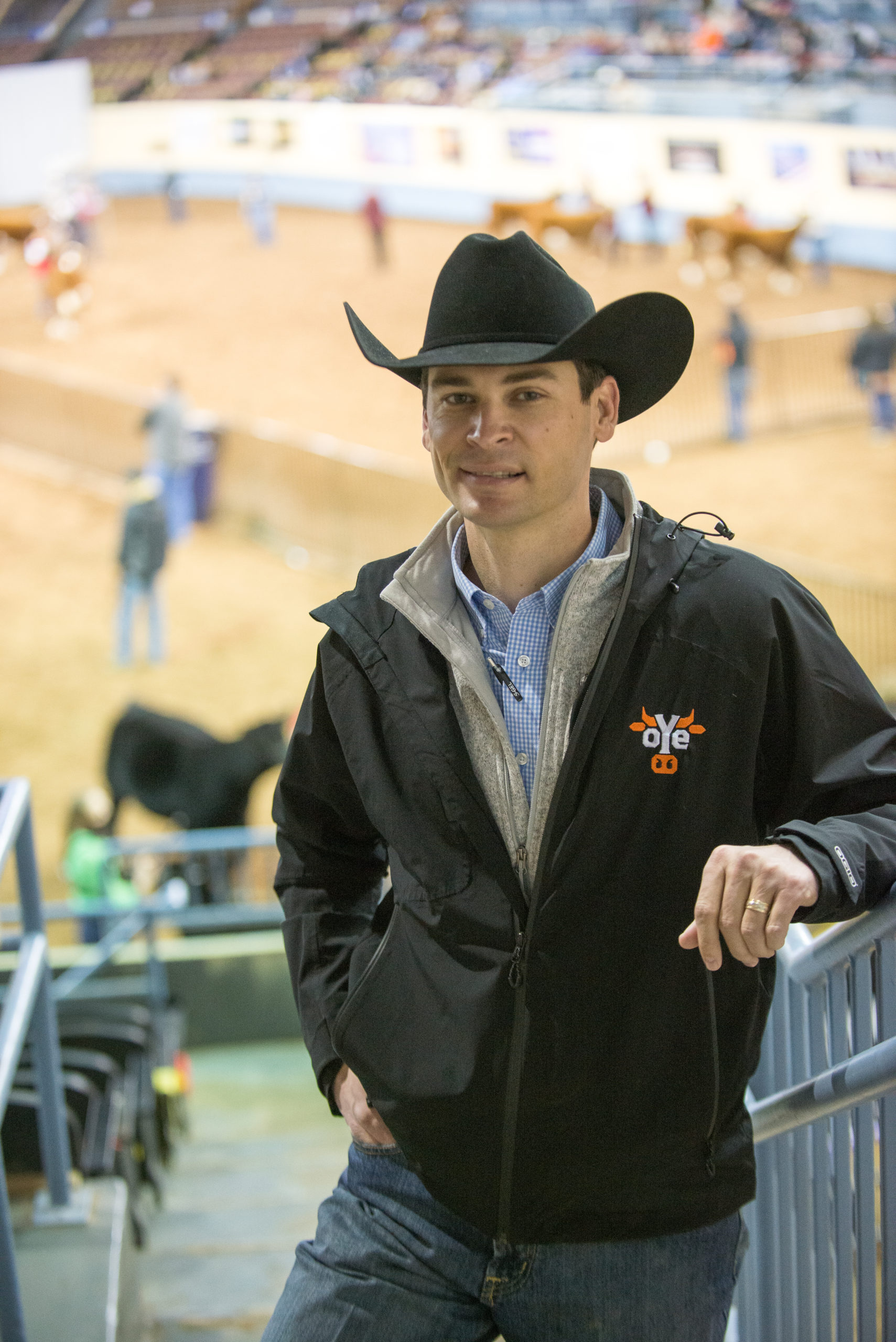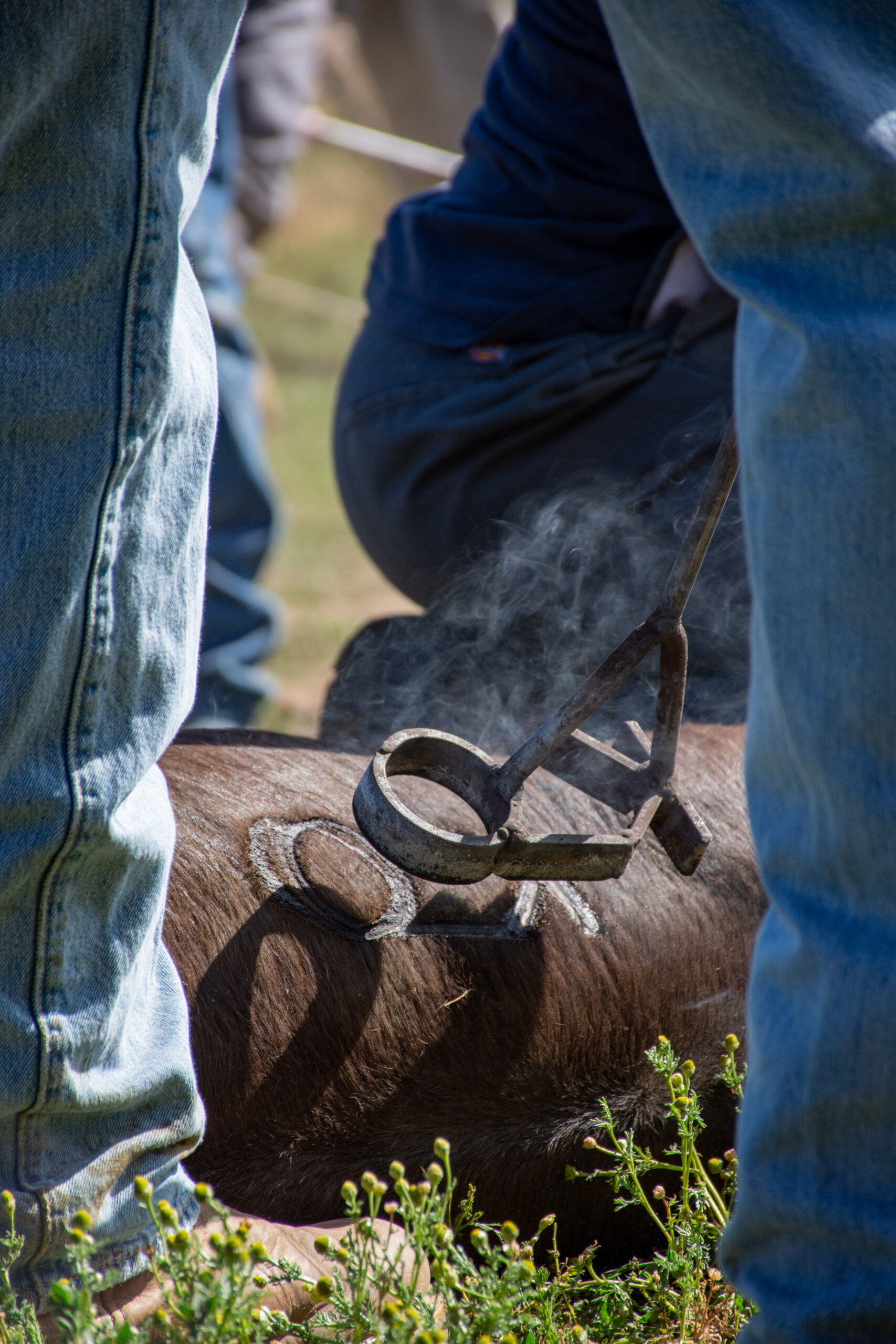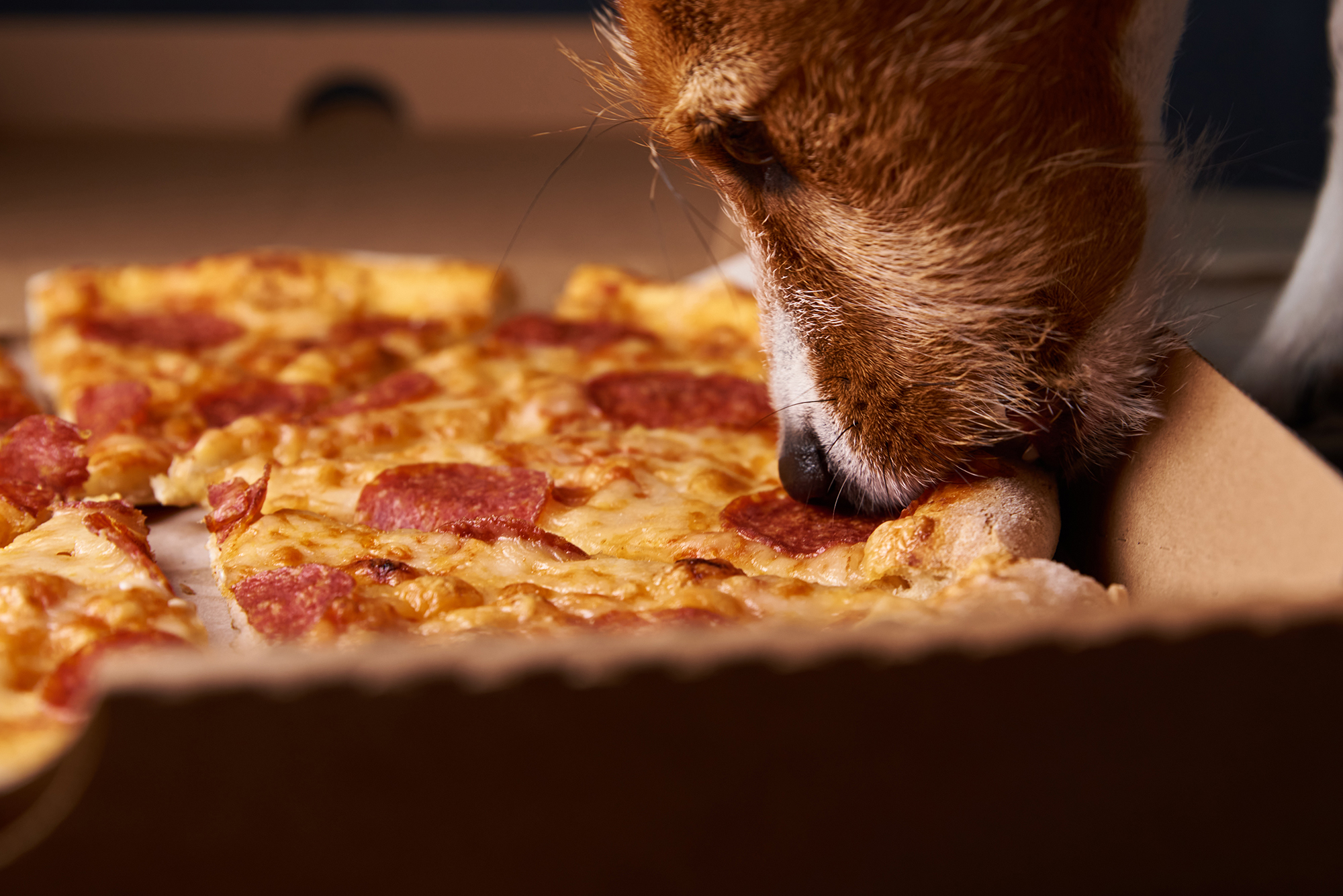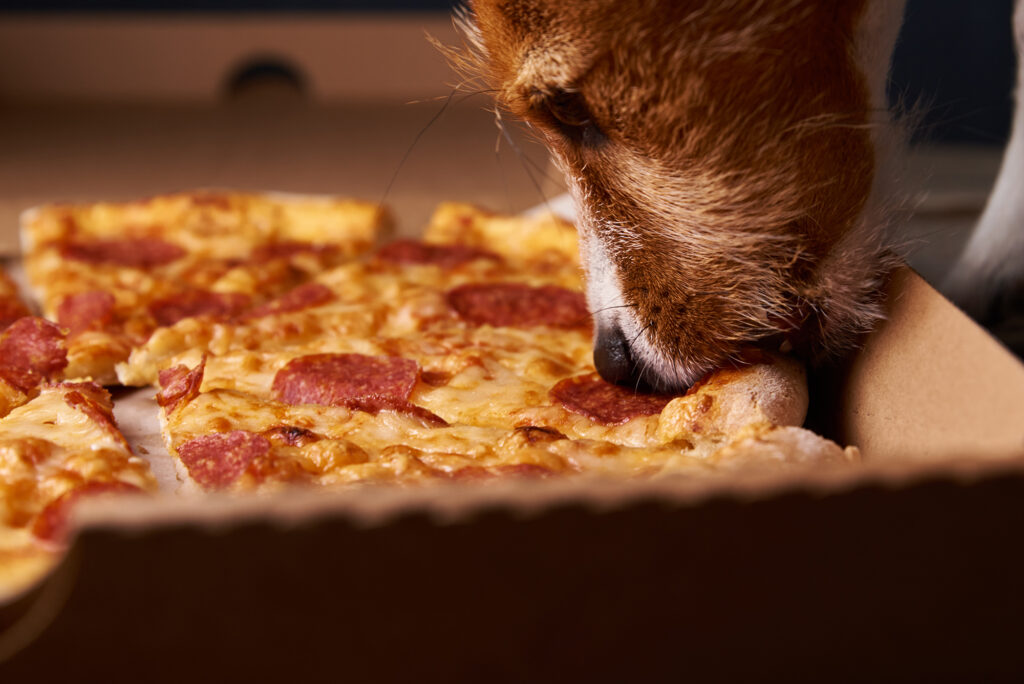Country Lifestyle
Tyler Norvell – OYE President

He said it was the job he always wanted, and now, as Tyler Norvell ends his first decade at the reins of the Oklahoma Youth Expo, he’s proud of the work he, the OYE Board of Directors, and staff have accomplished.
Practically every man, woman, student, or child involved in agriculture in the state of Oklahoma knows about OYE. The annual livestock show, held in March at the Oklahoma State Fairgrounds in Oklahoma City, annually draws participants from every single one of the state’s 77 counties.
Despite a tumultuous 2020, which resulted in a devastating shutdown half-way through the event, the future looks bright for 2020. With a pandemic still terrorizing the country, Norvell and team are ready to produce the Greatest Show.
Norvell grew up in Amber, Okla., as the son of a dairyman, putting in long hours on the dairy farm. “To this day I joke that the best day of my life was when I was 13 years old and he sold it,” he shared. “But it taught me how to work.”
While out of the dairy business, Norvel kept busy, as both his grandfathers farmed everything from cotton to alfalfa, and also raised cattle. He worked every summer and through the winters, farming and ranching his whole life. It’s not surprising that he was involved in showing livestock from the moment he was old enough until the day he graduated. “I wouldn’t be where I am today without showing, FFA, and my ag teacher, Billy Scott, who I think the world of,” he recalled.
After graduation, Norvell attended Butler County Community College in Kansas on a livestock judging scholarship for a couple years before transferring to Oklahoma State University. It was there, in 2005, that he and his livestock judging team won a National Championship.
Just after that win he got a call that would shape the course of his career. Norvell’s girlfriend, and now wife, Beth, worked with the late Justin Whitefield, who was the OYE Executive Director. Whitefield had ties to Oklahoma Farm Bureau, and knew they were looking for a lobbyist; specifically, someone that had actual hands-on agriculture experience.
“I was just a 21-year-old kid at the time, and this unexpectedly came up. I interviewed with them, and they hired me. I was working full time lobbying for Oklahoma Farm Bureau and going to college for my last semester,” he shared.
From 2005 through 2012, Norvell worked through the ranks at Oklahoma Farm Bureau, rising to the rank of the Vice President of Government Affairs.
Then opportunity arose. “I always said the only job I’d ever leave Oklahoma Farm Bureau for was OYE,” he shared. “I had looked up to Justin and seen what he had done to get the organization moving in the right direction, and how much he had improved the event from the time I had shown in it.
“The actual livestock show has been going on for 106 years, but OYE, the non-profit, wasn’t formed until 2002. That first year, there was one $1,000 scholarship awarded and the premium sale grossed $300,000. Justin passed away in 2006, but he had started it on the path to be very successful. In 2019 (because there was no premium sale in 2020), the premium sale grossed $1.3 million and we presented more than $350,000 in scholarships.”
He added, “I wanted to go out and get it right. I believe in the program, and what Justin was doing for kids in both urban and rural Oklahoma, and I thought it would be a neat opportunity to give back. I love doing what I get to do.”
When Norvell started at OYE, his responsibilities were broad. A smaller staff meant that he could be found daily handling several parts of the organization, from directing people coming in with livestock at the event to fundraising. “Whatever had to be done, I would do. Now we have a few more staff members, and my main job is to oversee operations and all the fundraising,” he explained.
Funds are an integral part of any non-profit, and with an eye to the future, Norvell made one of his first priorities ensuring the legacy of Oklahoma Youth Expo.
“When I interviewed for the job, I met with Mr. Bob Funk, our Chairman, and Mr. Jimmy Harrel, our Vice Chairman. I told them I was on board, as long as they stayed involved. About a year later, I went to Mr. Funk and said, ‘You know, when you and Mr. Harrel are gone, I want to make sure this thing lives on forever. If we can make sure we have our operating expenses covered and the facility to put it on, we can ensure that.’ And Mr. Funk said he thought it was a great idea,” Norvell recalled.
A year later, Funk announced his legacy gift, a $5 million testamentary challenge match for all gifts to OYE Onward. Every campaign gift, regardless of size or type, is matched dollar-to-dollar by Mr. Funk, up to $5 million.
“To date we have raised $2.5 million to match his $5 million, and matching his gift completely has been our goal from the start. This program is extremely important to me. I grew up showing every year that I could, my girls are involved with it. I haven’t missed an Oklahoma Youth Expo since I was eight years old, and it means the world to me and my family and friends.” He added, “We had to make sure that his program will live forever to give every Oklahoma youth the same opportunity the youth of the last 106 years have had.”
Contributing to the Onward Campaign is simple, and more information can be found at https://okyouthexpo.com/onward-campaign/
OYE 2020
“If we had known in 2020 what we know now, I believe we could have finished our show. We just had no idea what would happen,” Norvell says, reflecting on the March Sunday when he had to announce that the event, not even half-way completed, would be immediately shut down.
The 10 day event was predicted to have more than 22,000 animals as well as 7,000 exhibitors and family members on the fairgrounds during the event. Norvell and his staff were in constant contact with the department of health, monitoring the situation. Just days before the start of the event, the first COVID-19 case was diagnosed in Oklahoma.
The event felt like a time-bomb. “I tell people it felt like those first five days of the event took five years. It felt like they took forever. Halfway through we called an audible, and decided to shorten the event to get people home quicker,” Norvell recalled.
With that decision made on Saturday, March 14, shoulders relaxed and tensions lessoned. “We got that done and then felt confident we would be able to finish the show,” he said.
Just 24 hours later, all that changed. A health emergency was declared in Oklahoma County, and the event was shut down. Youth exhibitors and their parents were devastated, tears flowing, as the facility and event shut down.
“It was horrible. We were watching the kids and parents mourn. I had a good friend tell me, ‘Tyler, it’s like they were mourning an unexpected death because there was no closure.’ Of course we know that it’s not anywhere the same as death, but they did not have the closure of more than a year’s work of worth. They didn’t get a chance to see their hard work through,” he said.
Norvell was dealt a double-dose of grief. In addition to dealing with the aftermath as the event’s producer, the cancelation hit much closer to home. “My daughter didn’t get to show her pigs, and so it was tough to wear both hats, but it helped me understand just how hard it was on the families and to experience it first-hand,” he said.
Norvell, the OYE Board of Directors, and staff went to work. Immediately they announced that any 2020 senior who had a market animal (breeding animals had already been shown when the event shut down) would be eligible to show again in 2021.
Next was a goal to raise $100,000 for hardship scholarships for 2020 seniors. “We said anyone who was a 2020 senior that did not get an academic scholarship should apply to get $1,000. We had 116 kids apply for those, so we raised another $16,000 so that every applicant got a scholarship,” Norvell said.
Lastly, OYE refunded anyone that had a market animal entered that didn’t get to show it.
Country Lifestyle
Riding for the Brand

By: Christopher Dysinger
According to the Code of the West a man who has integrity is one who rides for the brand. If you are unfamiliar with cowboy parlance this phrase is used to describe being loyal to the outfit you work for. Cowboys were, “intensely loyal to the outfit they were working for and would fight to the death for it. They would follow their wagon boss through hell and never complain.” -Teddy Blue Abbot. Riding for the brand means being loyal and when I consider what it means to be loyal I am reminded of the words of the Lord Jesus to His disciples in Matthew 16:24, “Then said Jesus unto His disciples, If any man will come after Me, let him deny himself, and take up his cross and follow Me.” To me, to take up the cross and follow the Lord is the epitome of what it means to ride for the brand.
When you place your trust in the Lord Jesus you are signing on to His outfit, to speak the language of the West. When you called upon the name of the Lord Jesus by faith, He saved you and from this point you are riding for His brand. In taking up your cross and following Him you have pledged to be loyal, and this means you face any hardship or trial like a cowboy on the trail moving the herd. Any complaint must be swallowed in the same way you would swallow a cup of coffee. When I hear our faith and loyalty to the Lord Jesus put into these terms it stirs something within me that moves me to keep right on riding for the brand.
Louis L’amour wrote, “Riding for the brand was an expression of loyalty to a man’s employer or the particular outfit he rode for. It was considered a compliment of the highest order in an almost feudal society. If a man didn’t like a ranch or the way they conducted their affairs he was free to quit, and many did; but if he stayed, he gave loyalty and expected it. A man was rarely judged by his past only by his actions. Many a man who came west left things behind him he would rather forget, so it was not the custom to ask questions. Much was forgiven if a man had courage and integrity and if he did his job. If a man gave less than his best, somebody always had to pick up the slack, and he was not admired.” It is the same when a person gives his or her heart to Jesus.
When you come to the Lord Jesus you are not judged by your past. When you come to the Lord Jesus, repenting of sin and seeking forgiveness, everything from your past is left behind. All will be forgiven. 1 John 1:9 reads, “If we confess our sins, He is faithful and just to forgive us our sins, and to cleanse us from all unrighteousness.” When you place your faith in the Lord Jesus you are promising to be loyal and in return you will receive the same. He has promised that He will never leave us or forsake us. When you walk with the Lord Jesus through life you are indeed, “riding for the brand.”
“Riding for the brand” is not just an expression of loyalty nor is it just an expression of pride, it is also an expression of love. When a cowboy claims to be riding for the brand, he is telling any other outfit who may seek his loyalty, that he cannot give it, because he has given his word to another. It is the same when we pledge our faith and loyalty to the Lord Jesus. If any would call us away from Christ we cannot go, because we are riding for the brand.
The End
This article is an excerpt from the book, The Bible and the Code of the West by Dr. Christopher Dysinger.
Country Lifestyle
Farm Dogs & Table Scraps

What’s Safe and What’s Not?
Growing up on a farm, our dogs were tough. They roamed the pastures, slept under the barn, and ate just about anything they could get their paws on—whether we meant for them to or not. I’ll admit, I never thought twice when one of our old cow dogs snatched a biscuit off the table or licked up a spill from the barn floor. I’ve even seen a dog steal a whole rib bone off a plate and trot off like he’d won the lottery. And somehow, they always seemed fine.
But here’s the thing—just because they survived doesn’t mean it was safe. For every farm dog that lucked out, there’s another that wasn’t so fortunate. Some human foods can be downright toxic to dogs, and a little bit of bad luck (or a smaller, more sensitive dog) can turn a harmless snack into an emergency.
Common toxic foods lying around the farmhouse
If you’ve got a farm dog—or any dog, really—you need to be aware of the dangers lurking in everyday foods. Some of the biggest culprits include:
Chocolate – The darker it is, the worse it is. Even a little can cause vomiting, seizures, or worse.
Grapes & Raisins – No one’s exactly sure why, but they can cause kidney failure fast.
Onions & Garlic – In large enough amounts, these can destroy red blood cells, leading to anemia.
Xylitol (Found in Sugar-Free Gum & Candy) – This artificial sweetener can send a dog’s blood sugar crashing and cause liver failure.
Alcohol – Even small amounts can be deadly to dogs, affecting their nervous system much more than it does ours.
Bones from Cooked Meat – While not necessarily toxic, they can splinter and cause serious internal injuries.
Macadamia Nuts – These can lead to weakness, vomiting, and even paralysis in dogs.
What to do if your dog eats something toxic
First, don’t panic—but don’t ignore it either. If you know your dog ate something dangerous, call your vet immediately. They can tell you whether to induce vomiting or if it’s something that requires urgent care. If it’s after hours, contact the ASPCA Animal Poison Control Center (888-426-4435) or the Pet Poison Helpline (855-764-7661).
Prevention is always the best medicine, so keep toxic foods out of reach. That might mean keeping the trash can secured, making sure kids don’t slip the dog a treat under the table, or just being more mindful of what’s left on the counter.
Our farm dogs might have been lucky, but luck isn’t a great strategy when it comes to their health. A little awareness goes a long way in making sure they stay happy, healthy, and ready for the next day’s work.
For more information
ASPCA Animal Poison Control: www.aspca.org/pet-care/animal-poison-control
Pet Poison Helpline: www.petpoisonhelpline.com
Visit www.akc.org/expert-advice/nutrition/foods-your-dog-should-never-eat
Country Lifestyle
Summer Squash and Corn Chowder

By Lacey Vilhauer
Total time: 40 minutes
Servings: 6-7
Ingredients
- 6 slices bacon, cooked and crumbled and 1 1/2 Tbsp rendered bacon fat reserved
- 1 1/2 lbs yellow squash, chopped (about 3 medium)
- 2/3 cup thinly sliced celery
- 1 cup diced onion
- 1 Tbsp flour
- 2 cloves garlic, minced
- 2 3/4 cup milk (I used 1%)
- 5 cups canned or fresh cut corn (from about 6 ears corn), divided
- 1/2 cup heavy cream
- 1 1/2 tsp chopped fresh thyme (or 1/2 tsp dried)
- 3/4 tsp salt, then more to taste
- 1/4 tsp freshly ground black pepper, then more to taste if desired
- 3/4 cup shredded cheddar cheese, for serving
- Chopped green onion for garnish (optional)
Instructions
Heat 4 tsp reserved bacon fat in a large pot over medium-high heat. Add celery and onion and sauté 2 minutes then add the squash.
Saute until tender, about 6 minutes, adding in garlic and flour during last 2 minutes of sauteing. Reduce heat slightly.
Add 1 1/2 cups milk, 2 cups of the corn, thyme, salt and pepper to the sauteed veggies.
To a blender add remaining 3 cups of corn, remaining 1 1/4 cups milk and the cream. Process in blender until nearly smooth (about 30 seconds).
Add pureed mixture to pot and stir to blend. Cook until mixture reaches a light boil.
Serve warm with shredded cheese, crumbled bacon and sliced green onions if desired.
-

 Attractions8 years ago
Attractions8 years ago48 Hours in Atoka Remembered
-

 Country Lifestyle11 months ago
Country Lifestyle11 months agoJuly 2017 Profile: J.W. Hart
-

 Country Lifestyle9 years ago
Country Lifestyle9 years agoThe House a Treasure Built
-

 Country Lifestyle4 years ago
Country Lifestyle4 years agoThe Two Sides of Colten Jesse
-

 Outdoors7 years ago
Outdoors7 years agoGrazing Oklahoma: Honey Locust
-

 Equine8 years ago
Equine8 years agoUmbilical Hernia
-

 Outdoors5 years ago
Outdoors5 years agoPecan Production Information: Online Resources for Growers
-

 Farm & Ranch7 years ago
Farm & Ranch7 years agoHackberry (Celtis spp.)





